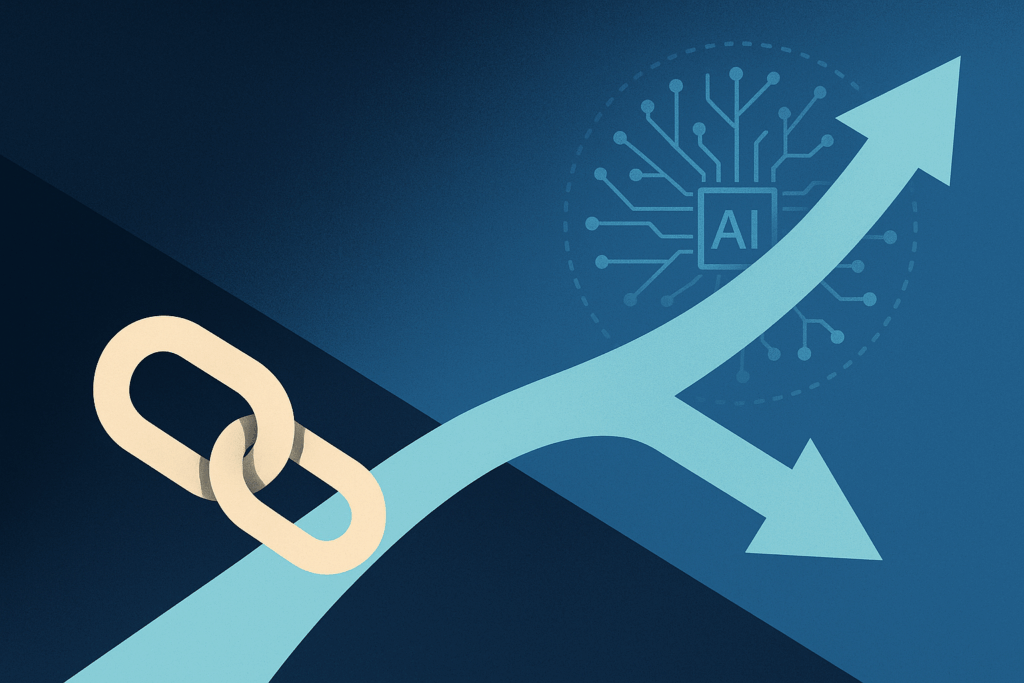I’m wading through the Qualcomm answer to Apple’s lawsuit against it and when I hit page 46 (item 4 bullet 4) I had an “oh crap” moment. Qualcomm is alleging that Apple is intentionally crippling certain iPhones so that users can’t tell they are using inferior parts in some of them. It seems Apple has gone to a dual-supplier model in an apparent attempt to force Qualcomm to drop its prices, but the second supplier apparently builds a significantly inferior product—so inferior in fact that even after Apple cripples the Qualcomm-based iPhones they’re still significantly better.
Setting aside what seems to be an incredibly stupid strategy to get lower prices, the idea of a vendor—for what is positioned as a premium device—crippling it for any internal reason is anti-customer. But I’ve seen this before and it often results when that vendor has successfully executed a lock-in strategy.
The screwy thing is that while lock-in strategies do provide significant vendor benefits short term, strategically they lead to behavior like this resulting in massive problems. In short, long term they are neither good for the customer or the vendor.
Let me explain.
IBM
When I worked for IBM it was the poster child for the lock-in strategy, so much so that it remains the gold standard for implementation even today. IBM had a good run with it—basically owning the high technology market until the late 80’s when everything came apart. The reason that everything came apart is that for much of that last decade it had largely stopped innovating, which reduced natural revenue growth and largely stalled the market. So, IBM moved to a strategy I call “milking the customer”, which meant it charged for more and more things it hadn’t charged for in the past—specifically fixing problem IBM had created.
This seemed to have underneath it the idea that MIS (now IT) customers were stupid. Granted, some trusted IBM so much they didn’t actually see this happen. But, over time, competitors rose up, pointed this out eagerly and much like super-cooled water, much of the market pivoted and IBM seemed to go almost overnight from the company that couldn’t lose to the company that was going out of business.
There are two things to take away from this: Lock-in both led to behavior that was deadly to the customer relationship and the company, and it prevented customers from moving until they became so upset they moved en masse—preventing existing management from being able to respond quickly enough. This directly resulted in entire executive teams being let go and the biggest layoffs in IBM’s history.
IBM was rebuilt without lock-in at its core and has made a decent pivot to the cloud and created Open Power, which has allowed its Power architecture—which had stalled—to again advance.
Microsoft
You’d think Microsoft upon seeing this would avoid the problem. But, in the 1990s it implemented a lock-in strategy between its platforms and apps. Ironically, the reason Microsoft survived it was that Netscape sued it (and didn’t survive the process) and had the firm charged under antitrust laws. The European Commission jumped in with huge fines and Microsoft was forced to open itself up—breaking its lock-in process. But, you know what, the end result you see now is a far more open and dynamic. Instead of attacking Linux and Open Source, Microsoft now embraces it and I think most agree the result is a far more vibrant—and certainly more successful—company than it eventually became under the lock-in strategy.
Apple
What is funny about Apple is that it has flirted with this strategy on and off over the years. The iPod started out being locked to Macs but that resulted in one of the biggest return events in the history of the company (apparently, people bought these as gifts for folks who didn’t have Macs). As a result, Jobs opened up the platform to Windows—first by partnering with Music Match and then iTunes—turning it into one of the greatest successes of all time.
Still, the content was largely tied to the platform but Apple kept costs relatively low and didn’t abuse the customer. This was in direct contrast to Sony which tried to lock up the content with DRM and even rootkits, which backfired and helped give Apple the market. Showcasing that lock-in doesn’t become a problem until you abuse the customer, Sony did and got pounded, Apple didn’t and was rewarded.
That was then, under Jobs, and this is now, under Cook. Lock-in has become a fact for Apple and customers believe they get a better experience with iOS—and did. But Apple has increasingly become a one product company as the Apple Watch never really took off, the Apple TV is simply another player in a complex and still cable company dominated segment, iPads have fallen off a cliff, and Macs have gone no place. As a result—just like IBM did—Apple appears to now be moving to a strategy of mining customers by secretly cutting capabilities in order to force lower component prices and artificially grow margins.
Like a drug, my experience is that once a firm does this it can’t seem to stop until the customers respond en masse, and then it is too late.
Wrapping Up: Avoid Lock-In
I don’t care if you are a company or a customer—avoid this strategy like the plague. Yes, you may be able to sustain it for up to a decade, but eventually it has a significantly high potential to become a company killer if you implement it, and you’ll eventually be screwed if your vendor implements it. I think it is a showcase for the saying “power corrupts and absolute power corrupts absolutely” and you can even look at the horrid customer satisfaction scores that localized monopolies like cable companies and utilities typically have (and the lack of growth in those firms) to see why this is bad for both—even if the vendor is propped up by the government. You want vendors who compete because they are better, faster, cheaper—not because they have tied down their customers so they can’t run away. Trust me, it is far more fun to work for a company that treats its customers well than one that doesn’t.
Apple is far from the first company to do this, and it won’t be the last. I sure wish, though, that these firms would find another way to learn about mistakes other than by making them again. Then again, what would that leave me to write about?
- Is Windows the New Internet Explorer? How Microsoft Is Slowly Killing Its Most Iconic Product - October 17, 2025
- Checkmate? Lenovo’s ‘AI in a Box’ Is a Brilliant Ambush on Dell - October 15, 2025
- The Ambient Brain: Why Amazon’s Alexa+ Is the AI We’ve Been Waiting For - October 4, 2025




I suspect that Wall Street has something to do with it.